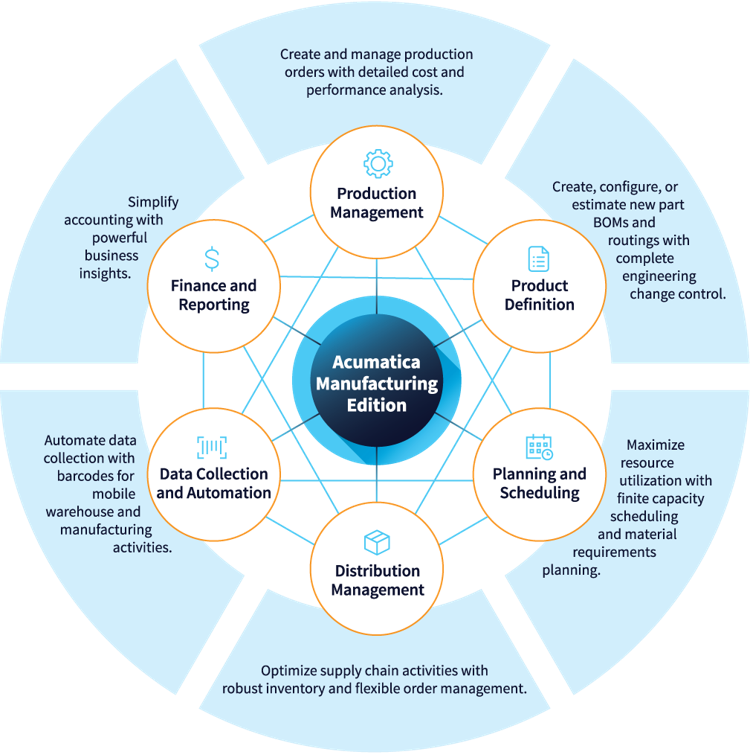If ‘best-of-breed’ sounds old-fashioned, what you need is an ‘integrated stack.’
It’s been said that the technology industry tends to go in circles. A more generous assessment might be that it iterates, with each cycle improving on the last.
Twenty years ago, the strategy was to cobble together applications that provided the requisite depth of functionality to fulfil a particular business need: best-of-breed. The overall success of the approach was often determined by the ability of vendors and clients to integrate those applications into a cohesive solution.
It resulted in future pain relating to the highly varied life cycles of the components involved in almost all cases. No sooner had you got your overall solution live than one or more vendors were announcing their sunsetting schedule, which meant revisiting the integration, and so on.
The industry response to this was the “Suite,” the complete range of functionality you require from a single vendor. Many vendors pursued “Suite” status by acquiring point solutions and weaving them into their core offering. The result looked good on paper; the integration and product life cycle challenge had been transferred to the vendor.
In reality, the “Suite” often diluted the depth of functionality available. Usability suffered as vendors struggled to apply a veneer of commonality across a product comprised of very different technologies. Although benefiting from a single roadmap, upgrades became hugely complex, with significant releases often leveraged by vendors to streamline the underlying technology.
Do I Need a Stack or a Suite?
I recently read a quote from Dan Matthews, CTO at IFS: “The truth is….Enterprises need to use both suites and stacks in symbiosis”.
This makes perfect sense. Since no one vendor can accommodate 100% of requirements, wouldn’t it be better to establish a foundation of core capabilities, delivered on a platform designed to enable easy integration to third-party applications?
Choose Your Foundation Wisely
A note of caution: it’s not easy for vendors to completely refresh their products to fit this new model. Many are lashed to technology decisions made long ago, before the rise of cloud computing, that will take years to unravel.

Acumatica, a relative newcomer at just fourteen years old, has the advantage of youth. Designed in and for the cloud, the underlying technology platform perfectly reflects the open architecture of modern applications. Robust core modules are seamlessly integrated to enable uninterrupted workflow across the procure-to-pay and quote-to-cash processes.
Developers are given programmatic access to the Acumatica Cloud through publicly available interfaces (Open APIs). Fully documented and built to universal industry standards, these APIs support a flourishing community of Independent Software Vendors (ISVs).
To illustrate, Acumatica has a perfectly functional B2B Portal to support customer bulk ordering, case management, account details etc. However, for the full B2C experience they support a native connector to market leaders such as BigCommerce.
Indeed, as more B2B customers raise their expectations of online purchasing based on their own personal B2C experience, it’s logical to exploit more of the expertise provided by best-of-breed.
On the procurement side, Acumatica features at least 3 approaches to inventory replenishment that provide satisfying options for many clients. For the minority with more complex requirements, these can be addressed through a fully supported integration to a third party, such as EazyStock – leaders in the inventory optimisation space.
What Does It All Mean?
If you’re looking to refresh the tools that help run your business, it’s no longer a choice between a suite or a stack. It’s about making smart use of both approaches, and the choice of foundation platform is critical.
Put plenty of emphasis on open architectures with good, demonstrable support for the ISV community. Dig deeper than the long list of partners on a marketplace. Some vendors will have made difficult choices and do unnatural things to integrate their applications into established ecosystems, to get access to that audience. These compromises will introduce technical debt, impact future costs and constrain your ability to adapt.
Start your Acumatica implementation with Cedar Bay
Business transformation on this scale can be a daunting prospect. Most businesses will only contemplate it every 5-8 years, so bring in an expert, a partner with expertise in your sector, to help make the transformation as seamless as possible.
As an Acumatica Gold Channel Partner, Cedar Bay are best placed to help you define exactly what you need for the unique, integrated stack to help your business grow through the next cycle of improvement.
We have years of experience implementing large-scale solutions, strategically planning our approach to align with your business objectives and vision for the future.
Get in touch with our team today to discuss your Acumatica implementation today, or click here to discover more about the many benefits of Acumatica.

Steve Fletcher, Director Acumatica Practice, Cedar Bay
I help people who are good at making things make them more efficiently, with less waste, to a higher standard, as profitably as they can. Technology can help, but only if it’s applied with a keen eye for the real challenges and barriers facing businesses today.



